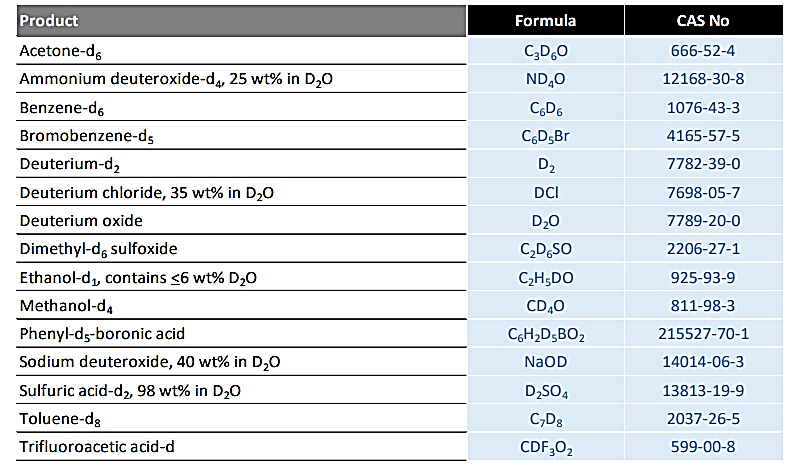What are OLEDs?
OLED is actually a simplified expression of the term organic light-emitting diode, which in Persian means "organic light-emitting diode". In general, old displays consist of a thin layer of organic molecules between two electrodes. When an electric current is applied to them, they begin to emit light. This technology is widely used in devices such as televisions and Used cell phone screens.
One of the major drawbacks of older generations of OLEDs was the instability of the components, resulting in their short lifespan. Recent advances in this area have significantly improved the lifespan of OLEDs.
Application of deuterium isotope in OLED
Organic emitting diodes (OLED) are widely used in devices such as televisions and mobile screens. This product is generally made of thin layers of organic molecules between two electrodes. When an electric current passes through them, light is emitted. Until a few years ago, the biggest technical problem with OLEDs was the limited lifespan of organic materials, which typically had half the life of LCD, LED or PDP technologies.
You may notice that on some smartphones or monitors, the most common screen problem is changing the colour of the screen to a red background. This is due to the wear and tear of blue OLED materials and the reduction of blue brightness because blue OLED elements have the shortest lifespan among other colours. Using deuterium instead of hydrogen increases the lifespan of blue OLED elements and allows displays to be produced with the possibility of higher brightness. Research has shown that using compounds in which deuterium atoms have been substituted for hydrogen increases OLED lifespan by 20%.
The technology of duplicating OLEDs has received more and more attention since it was used in the Samsung Galaxy S20.
Today, many Dutre compounds in the electronics industry are being researched and used in the latest technologies. The following is a list of solvents used in the OLED industry.

Deuterium is used in new OLED manufacturing processes as well as OLED R&D due to its unique stabilizing properties. Due to the presence of a neutron, the atomic mass of deuterium is twice that of hydrogen. Therefore, the bond length and bond energy of deuterium bonds also vary with hydrogen. These changes are known as kinetic isotopic effects (KIEs). It should be noted that the compounds that have been deuterated show significant isotopic kinetic effects.
deuterium chemicals are used in the part of OLED that is responsible for emitting blue light. These blue light-emitting components have the fastest degradation due to the inherent nature of high-frequency blue light.
Using the deuterium kinetic isotope effect, deuterated chemicals have the potential to increase the lifespan of these components by five to twenty times, as well as improve the overall performance of an OLED device. The longer life of OLEDs is one of the benefits of replacing hydrogen with deuterium in OLEDs.
Deuterium oxide is widely used as a source of deuterium in the manufacture of deuterium compounds used in OLEDs. Mesbah Energy Company can supply deuterium compounds required by OLED manufacturers. Contact us for more information.